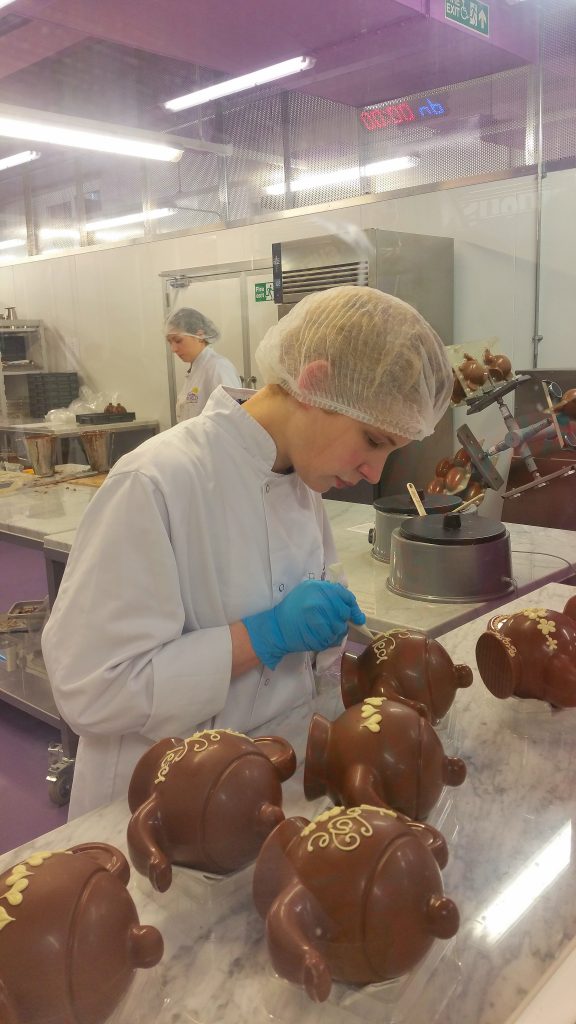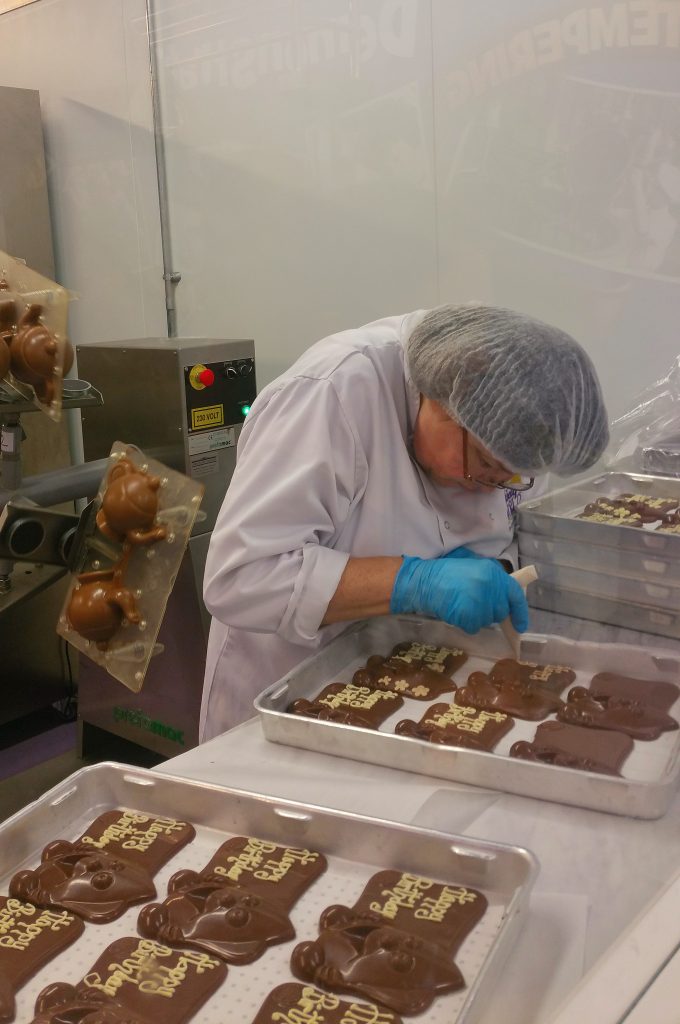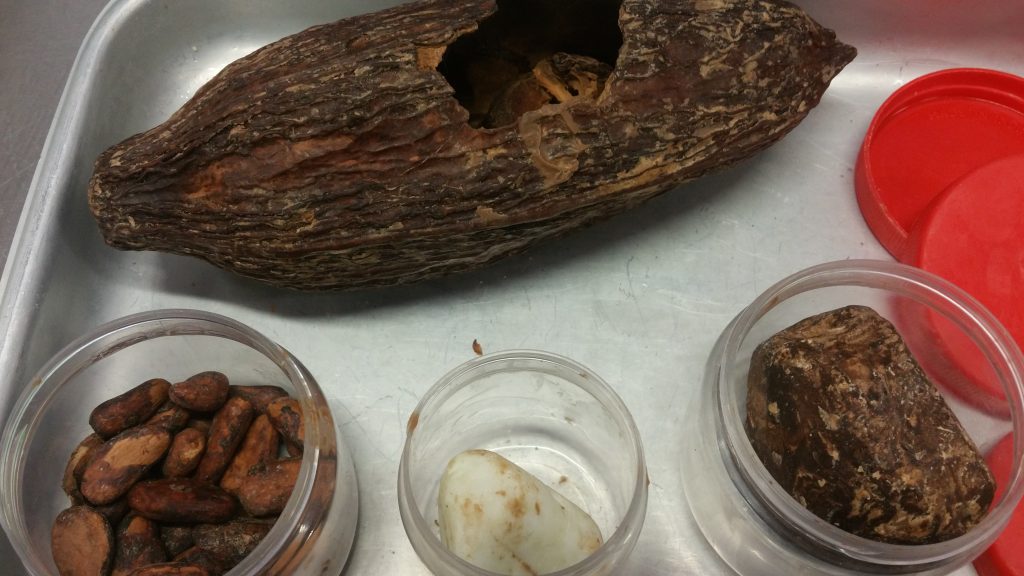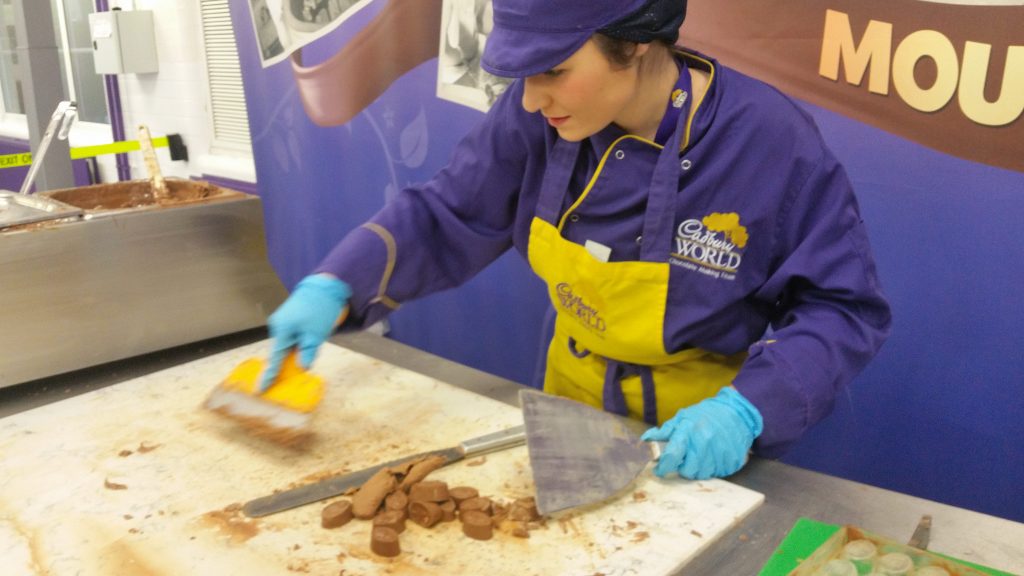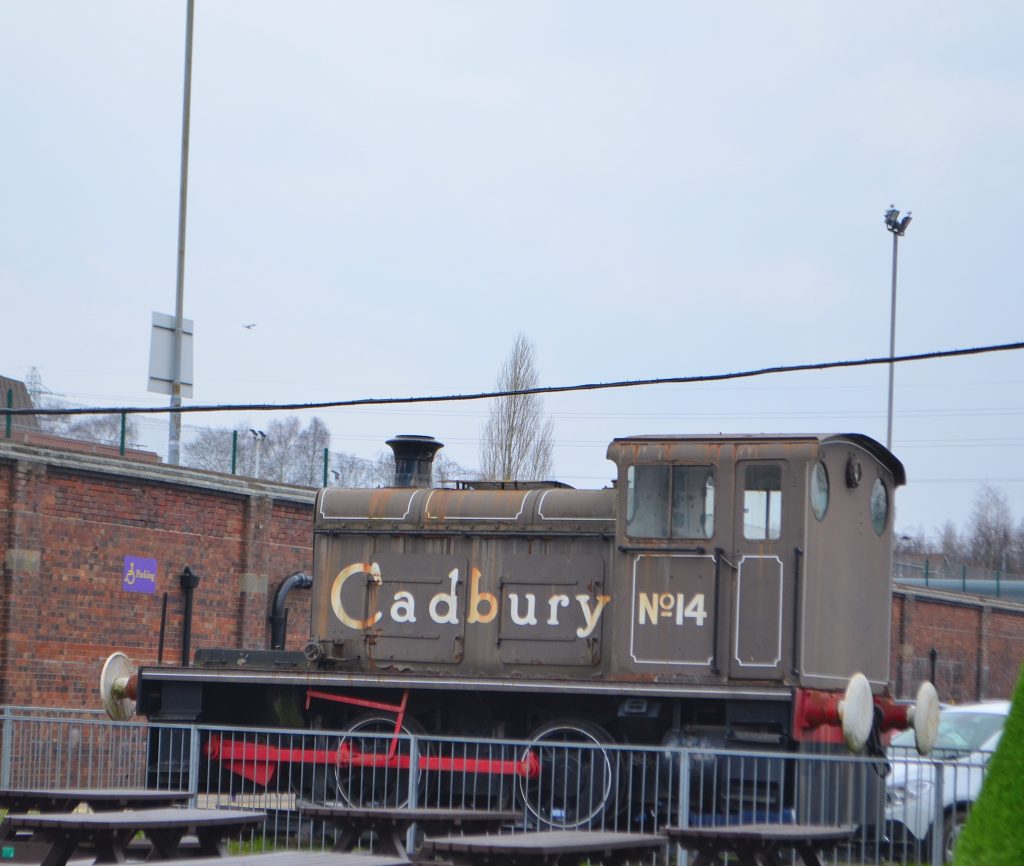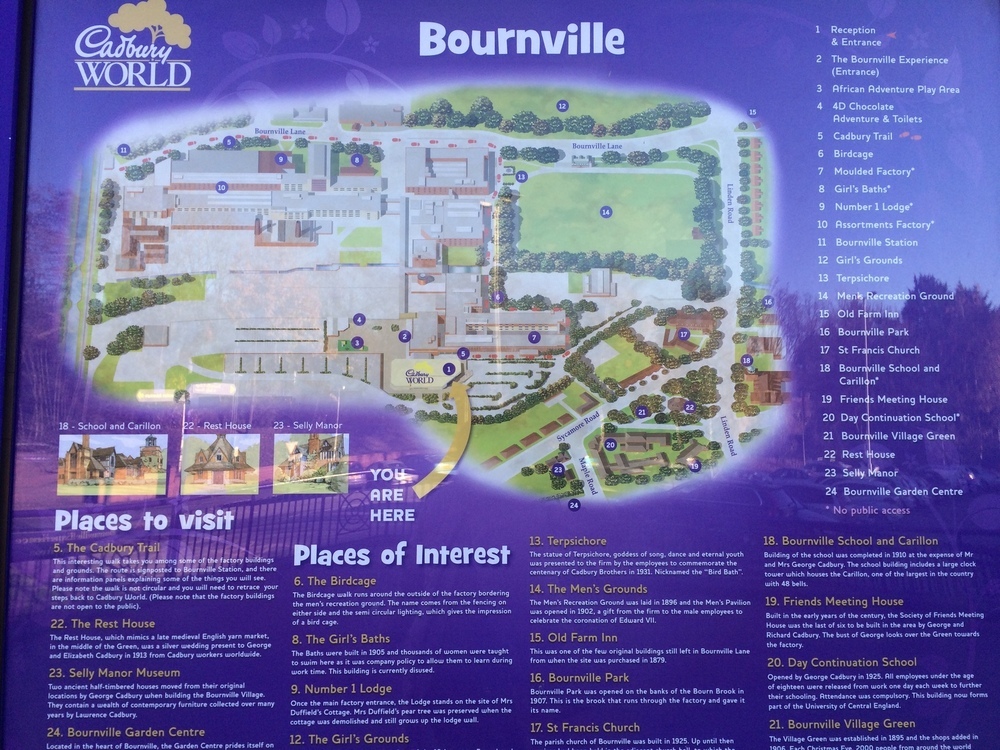I have this amazing girlfriend which lives in Birmingham. We know each other since I was 17. Our children have been a couple of years playing together, sometimes sleeping together by my home or hers, sometimes quarreling and then kissing and hugging. The good part is that now we live close by again since I am living in the Netherlands and her, in the United Kingdom. From time to time I miss her, and because of this reason, and especially for our children’s sake, we boarded an Amsterdam-Birmingham flight. After a short hour flight, we arrived at the airport where my girlfriend’s husband was waiting for us. I have never tried to drive on the left side of the road, but it looks totally weird. We have been lucky for sunny, though not very warm weather.

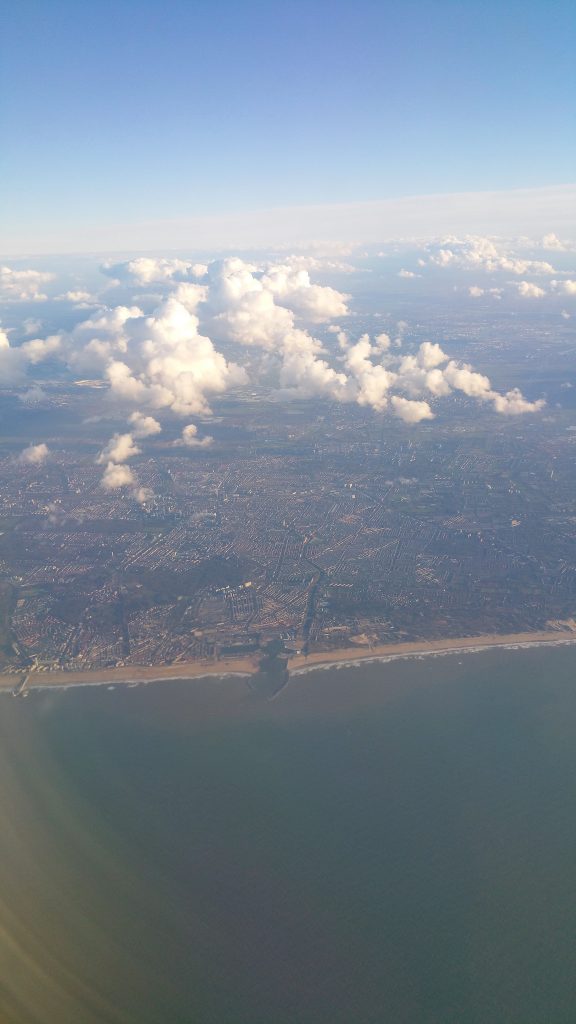
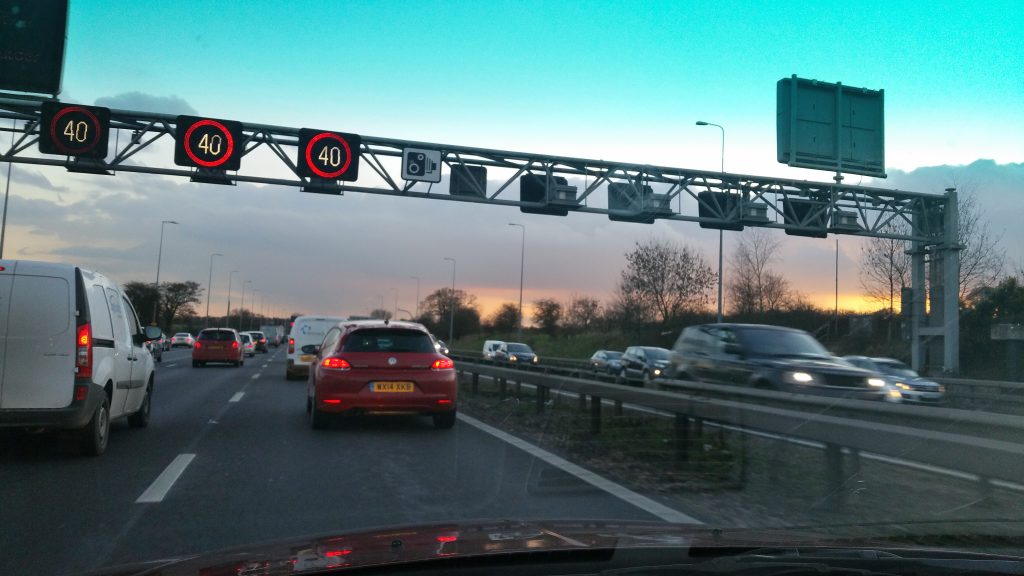
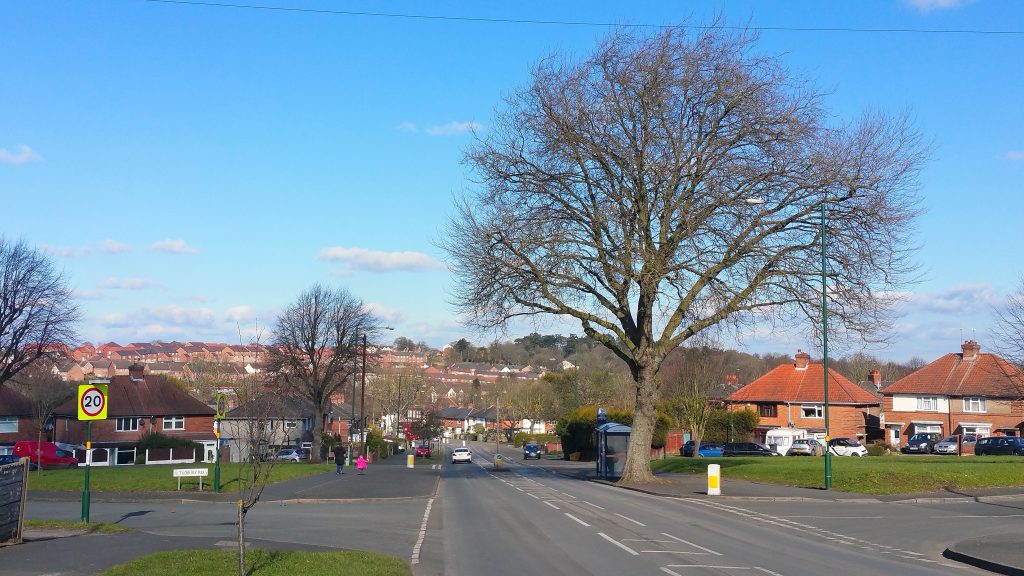
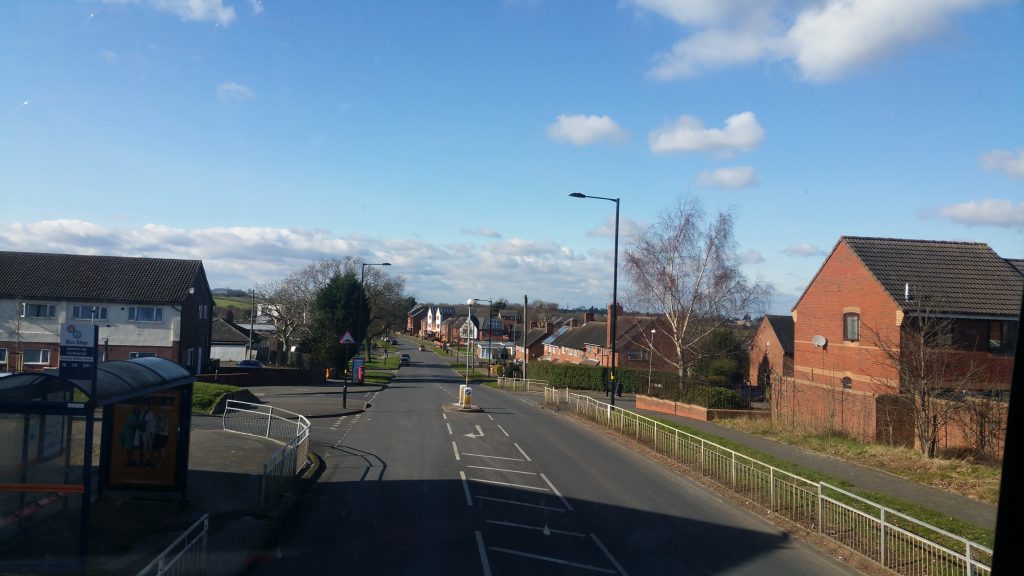
Once known as the “City of the Thousands of Crafts,” Birmingham was a world leader in the production of pens, buckles, buttons, jewelry, and firearms. The city is the birthplace of Cadbury’s chocolate, the Black Sabbath, J.R.R. Tolkien and Jaguar, Aston Martin and Mini cars, the symbol of the 60s. The city evolved from a small Anglo-Saxon quay from the 7th century to a major city, the second most populous in the UK, with over one million inhabitants. Although Birmingham exists as a settlement for over a thousand years, today’s city is an overwhelming architectural product of the 18th, 19th and 20th centuries, with few surviving buildings before the 18th century. The city is a mix of architectural styles and different cultures.
We first visited the central area, most of it is pedestrian. You’re welcome by the Victorian church St Martin in the Bullring, a 13th-century building, in a contradiction with the Bullring Shopping Center, a 21st-century colossal building in aluminum. The church can be visited every day, for the visiting program you can check here. After a Starbucks coffee near the church, we headed down through the shops located on the ground floor of historical Victorian-style buildings, to the Museum and Art Galleries and the Town Hall. The center is crowded with cafes and restaurants. An average menu costs about 20 pounds, but you can also eat much cheaper, with 3-4 pounds for a menu at many fast-food restaurants. Opened in 1885, the building of the Museum and Art Galleries is a Seismic Risk Building 2 and has over 40 galleries where you can explore paintings that are part of the world’s pre-Raphaelite public collection, The Staffordshire Thesaurus, The greatest Anglo-Saxon gold treasure ever found and the history of Birmingham inhabitants. The museum contains art and historical objects covering seven centuries of European and world history and culture (including the Greeks and the Romans and Ancient Egypt). For permanent exhibitions the entrance is free, but for the special exhibitions, you need to pay a fee. More details about the museum and the visit program you can find here.
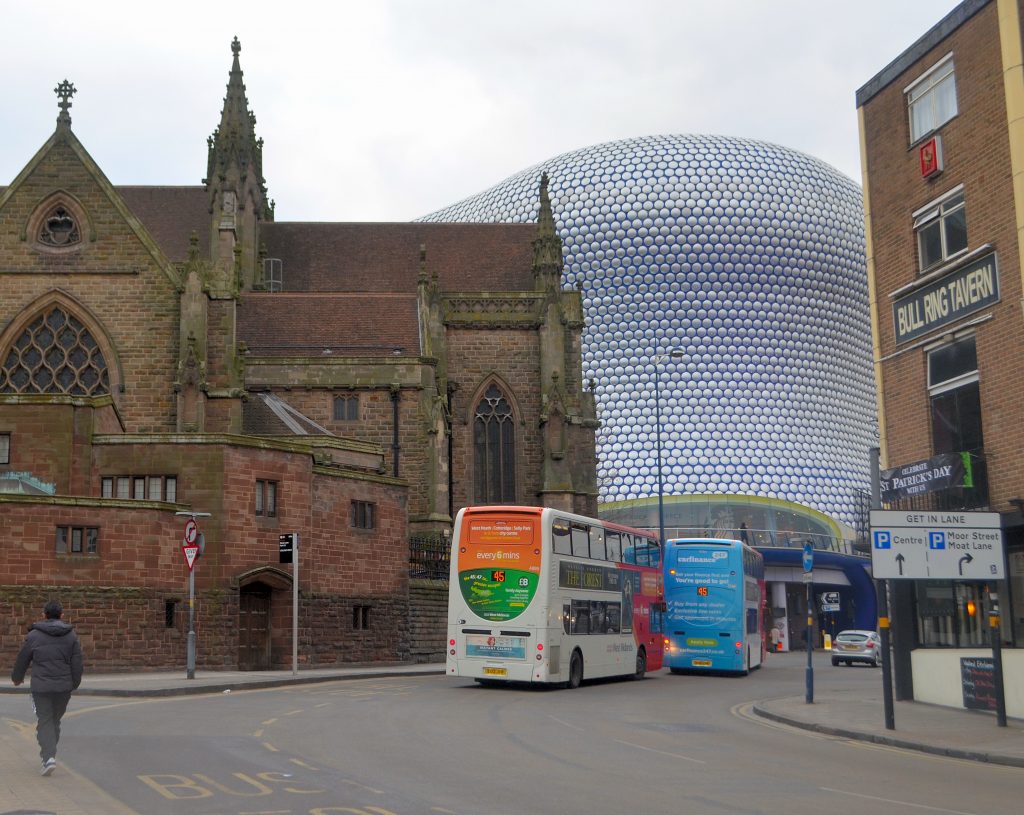
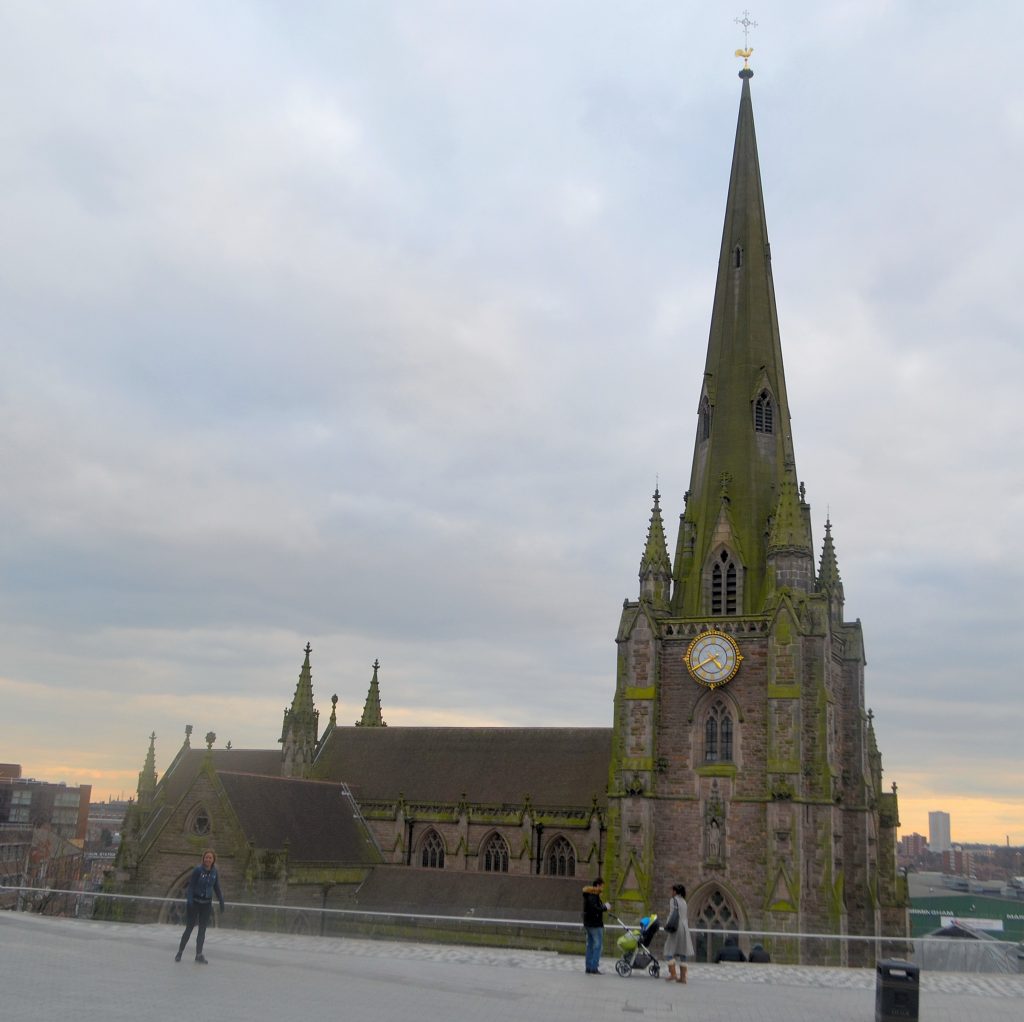
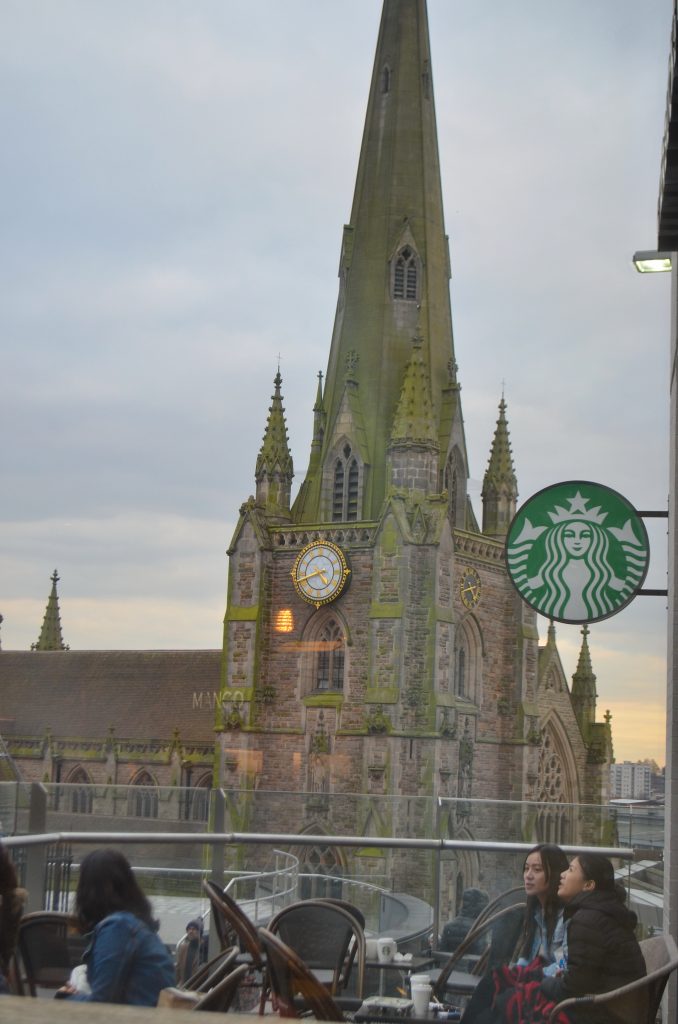
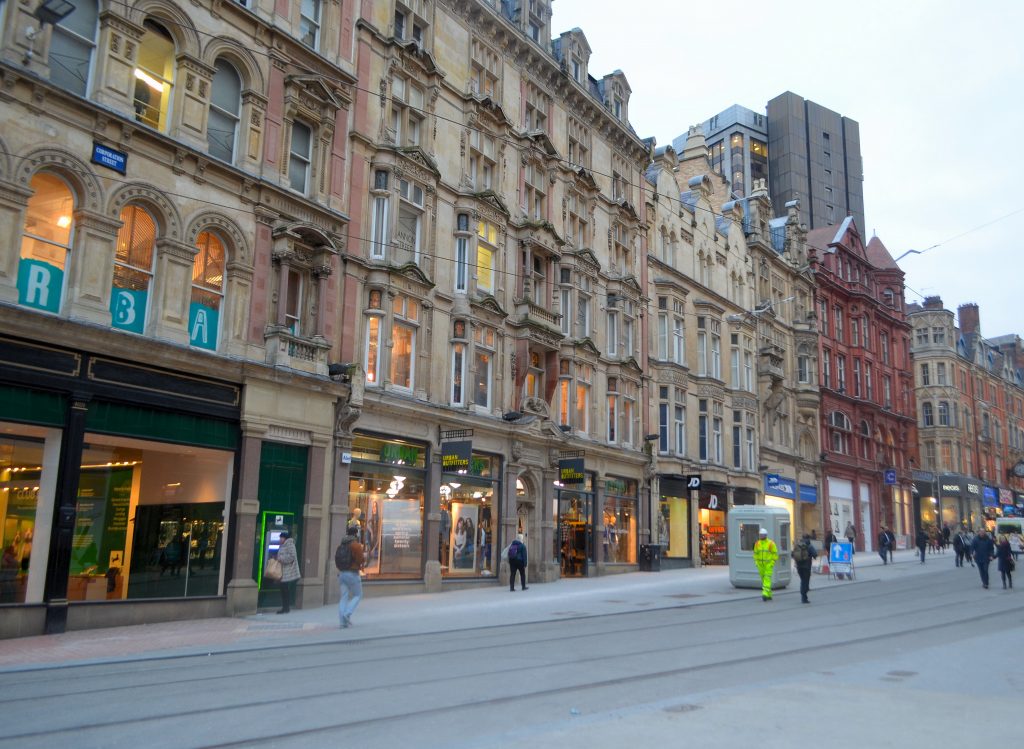
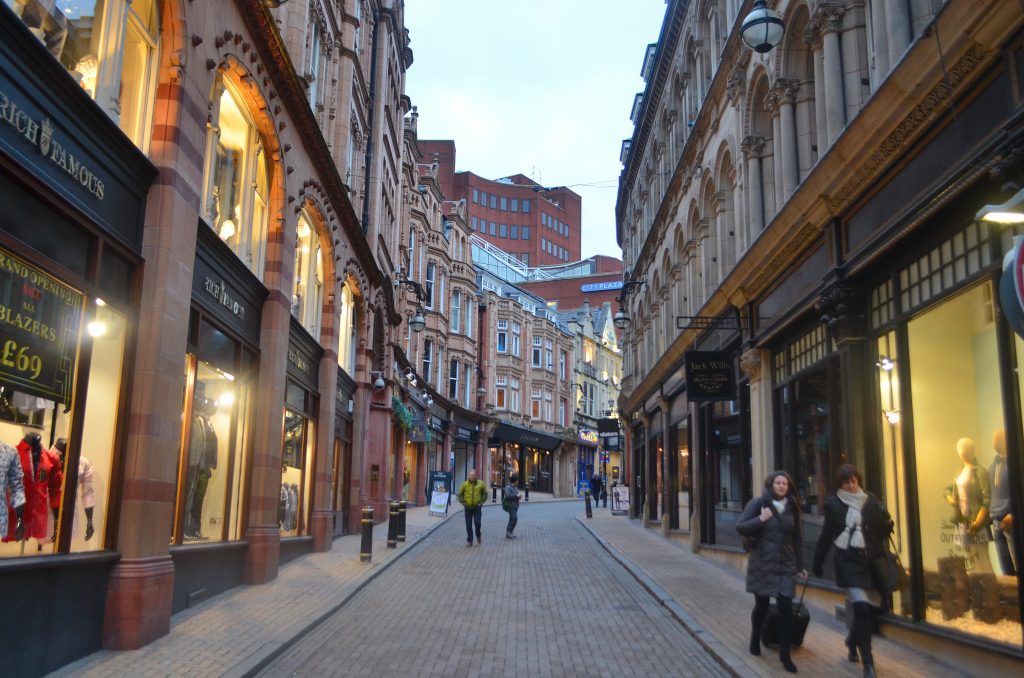
In the same Victoria Square, next to the Museum and Art Galleries, there is the Town Hall building, a music hall internationally well-known for many concerts (from Elgar to the Rolling Stones, from Mendelssohn to the Beatles and Black Sabbath). The Town Hall hosted over the years a wide variety of events, including wrestling matches, reading the Christmas Carol by Charles Dickens, graduation ceremonies and craft fairs! In 1996, the hall was closed for modernization. Town Hall is famous for its tube organ.
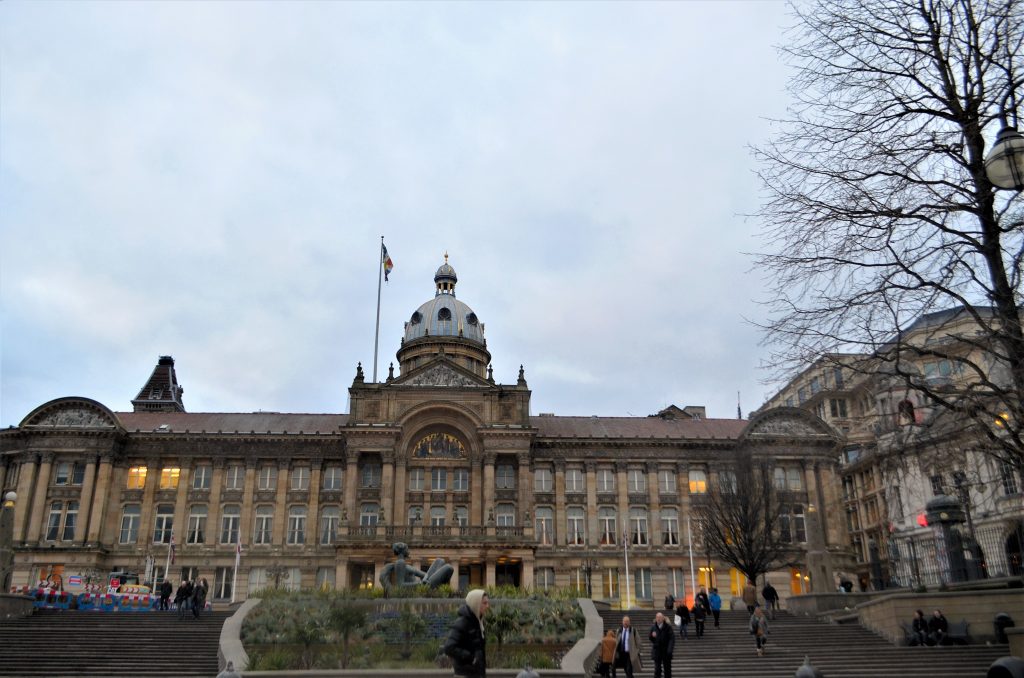

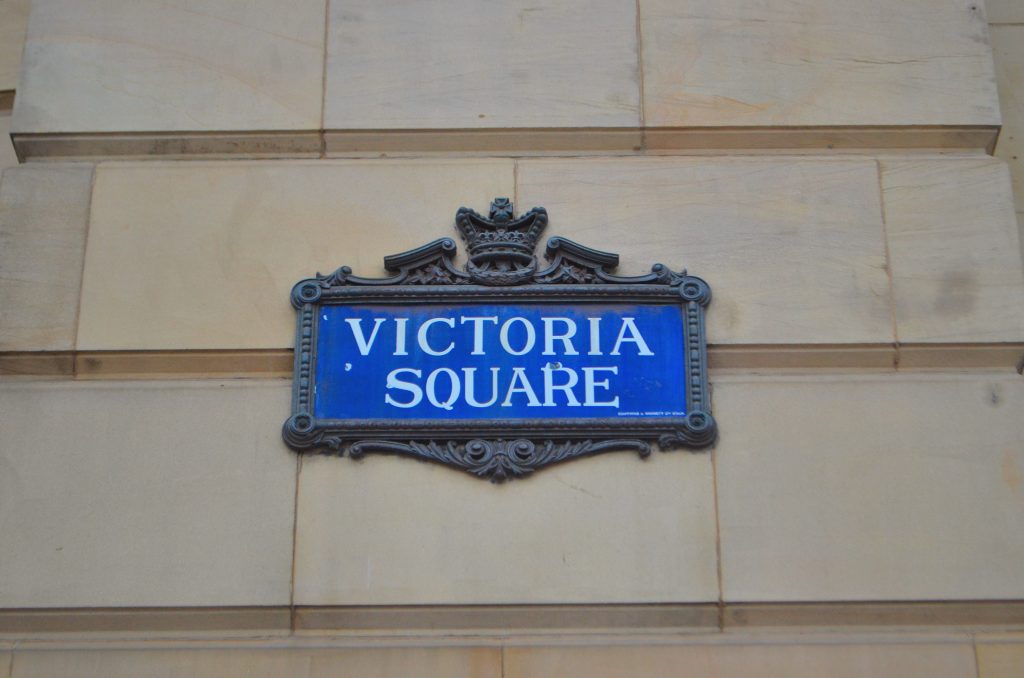
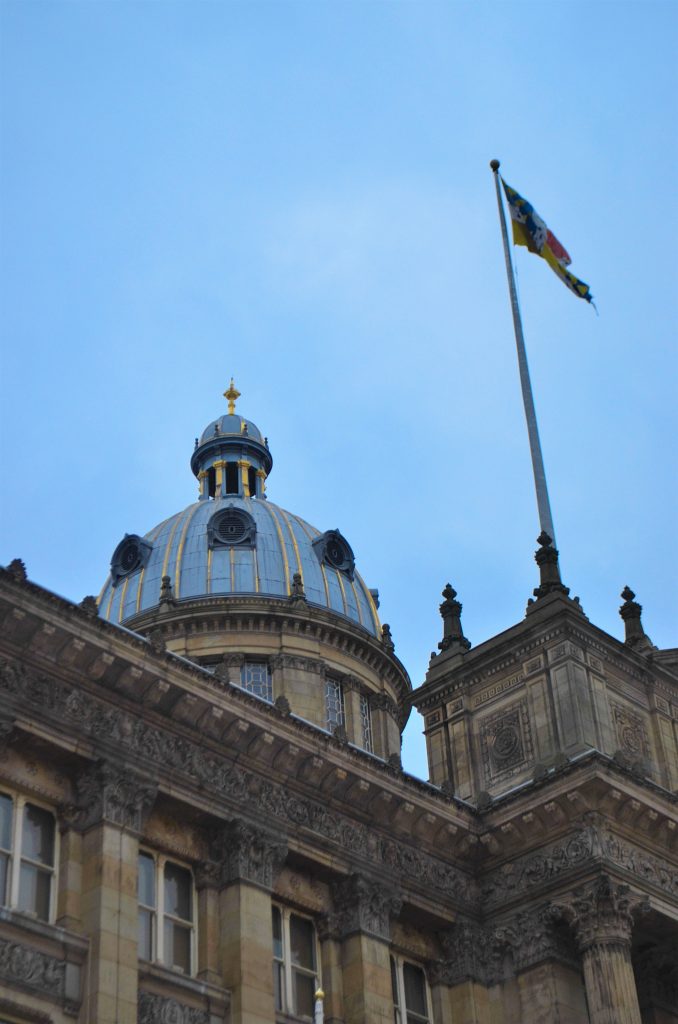
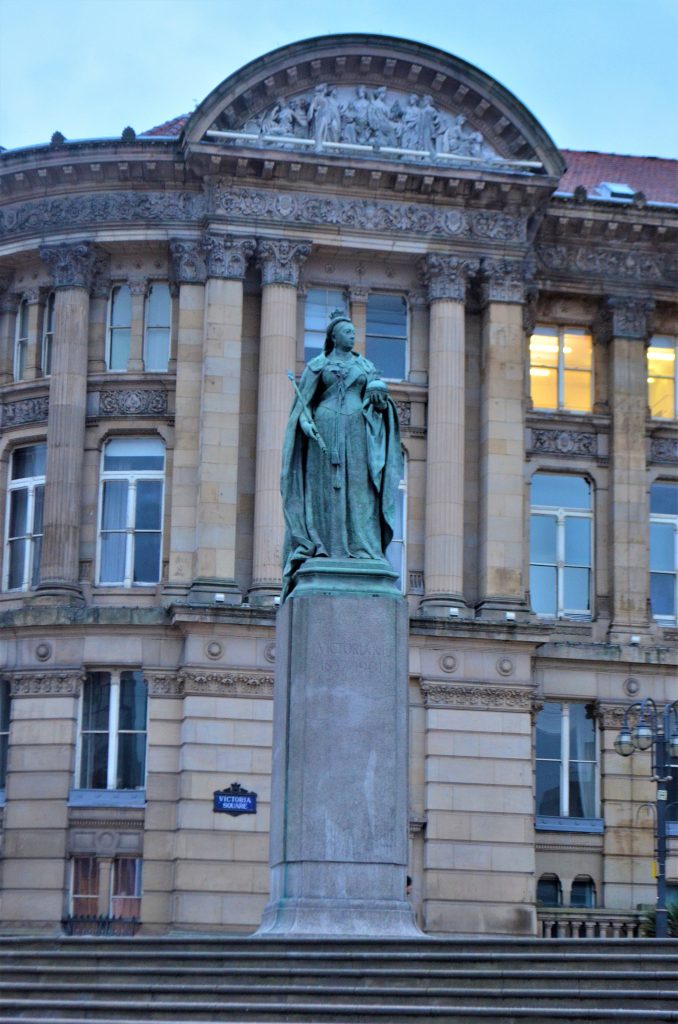
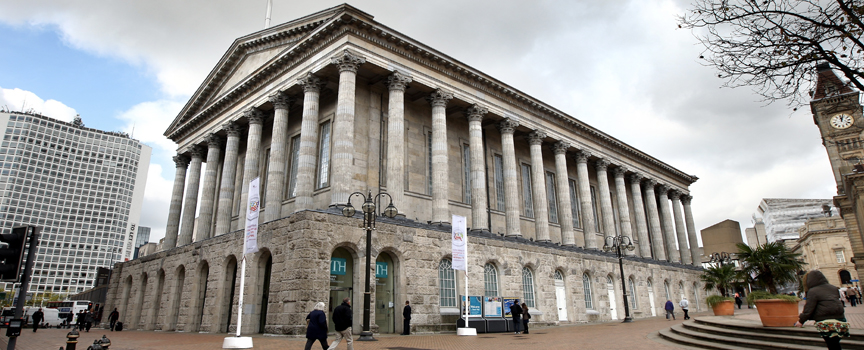
You can visit as well: Ikon Gallery, Jaguar Factory, BBC Studios, Aston Hall Mansion, Black Country, a museum where you will experience the English life in past centuries, The National Sealife Centre, Warwick Castle, 45 km from Birmingham, Stratford-upon-Avon, William Shakespeare’s birthplace and, of course, a red bus ride 🙂
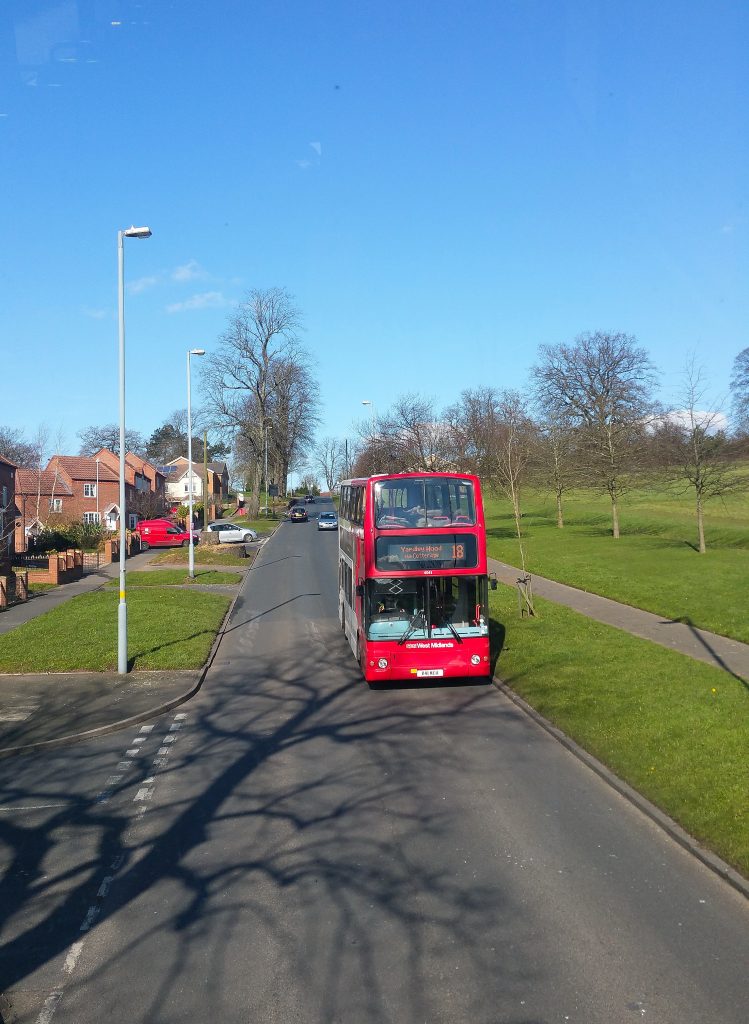
After spending a whole day in Shakespeare’s world in Stratford-upon-Avon, the last visit was at the Cadbury Chocolate Factory, located in Bourneville. The price is pretty damp, 16.75 pounds/adult and 12.30 pounds/children, but you’ll also get a free bag of Cadbury sweets. The factory has been operating since 1990, and since then, the number of visitors has been steadily rising. The tour includes various interactive activities, from the ways of processing cocoa beans in the Azteca jungle to the process of making chocolate nowadays. After the presentation of the cocoa bean culture, we went to another room where we could watch short movies about the history of cocoa beans, and in the next room, we got some information about the founder of the chocolate factory, John Cadbury. Further on, we entered the area where you can see how the chocolate is made and packed. From here, we were riding a train through the fairy tale world of the Chocolate Factory, which just led us to the showroom, where do you think you’ve could buy? A lot of chocolate! 🙂 More details, but also online tickets, you can find here.
